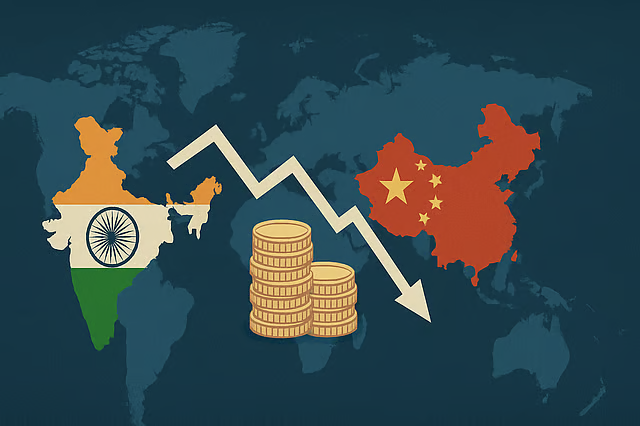Trading Balances: India, China, and the Tightrope of Policy
When it comes to trade, India and China are bound by a paradox: geopolitical rivals on one hand, indispensable economic partners on the other. The Indian government’s recent recalibration of its trading policy with Beijing reflects this uneasy balance — one where national security, domestic industry, and economic growth must all coexist.
Trade between the two giants crossed $135 billion in 2024, but the deficit weighed heavily on New Delhi. Electronics, machinery, and critical raw materials flow in from China, while India pushes out pharmaceuticals, iron ore, and agricultural products. The government’s new policy framework, announced earlier this month, does not call for a decoupling — that would be impractical — but for a “strategic narrowing” of dependence.
Customs regulations are being tightened to curb low-quality imports that undercut Indian manufacturers. Incentives under the Production-Linked Incentive (PLI) scheme are being expanded to encourage domestic electronics and semiconductor assembly, reducing reliance on Chinese components. At the same time, India is quietly diversifying: increasing sourcing from Vietnam, South Korea, and even Latin America.
Yet trade with China remains too significant to ignore. Critical sectors — from smartphones to solar panels — cannot be insulated overnight. Thus, New Delhi’s strategy rests on a dual path: engagement where necessary, insulation where possible. Analysts call it “guarded pragmatism” — protect national interests without derailing economic momentum.
Beijing has responded cautiously, warning against “politicizing trade,” but also expressing interest in maintaining stable commercial ties. For India, the stakes are high: every decision echoes not just in the economy but in the delicate geopolitics of the Indo-Pacific.
As supply chains shift and economic alignments evolve, the question is not whether India and China will trade — but how, and on whose terms. The answer may define South Asia’s economic architecture for the next decade.





